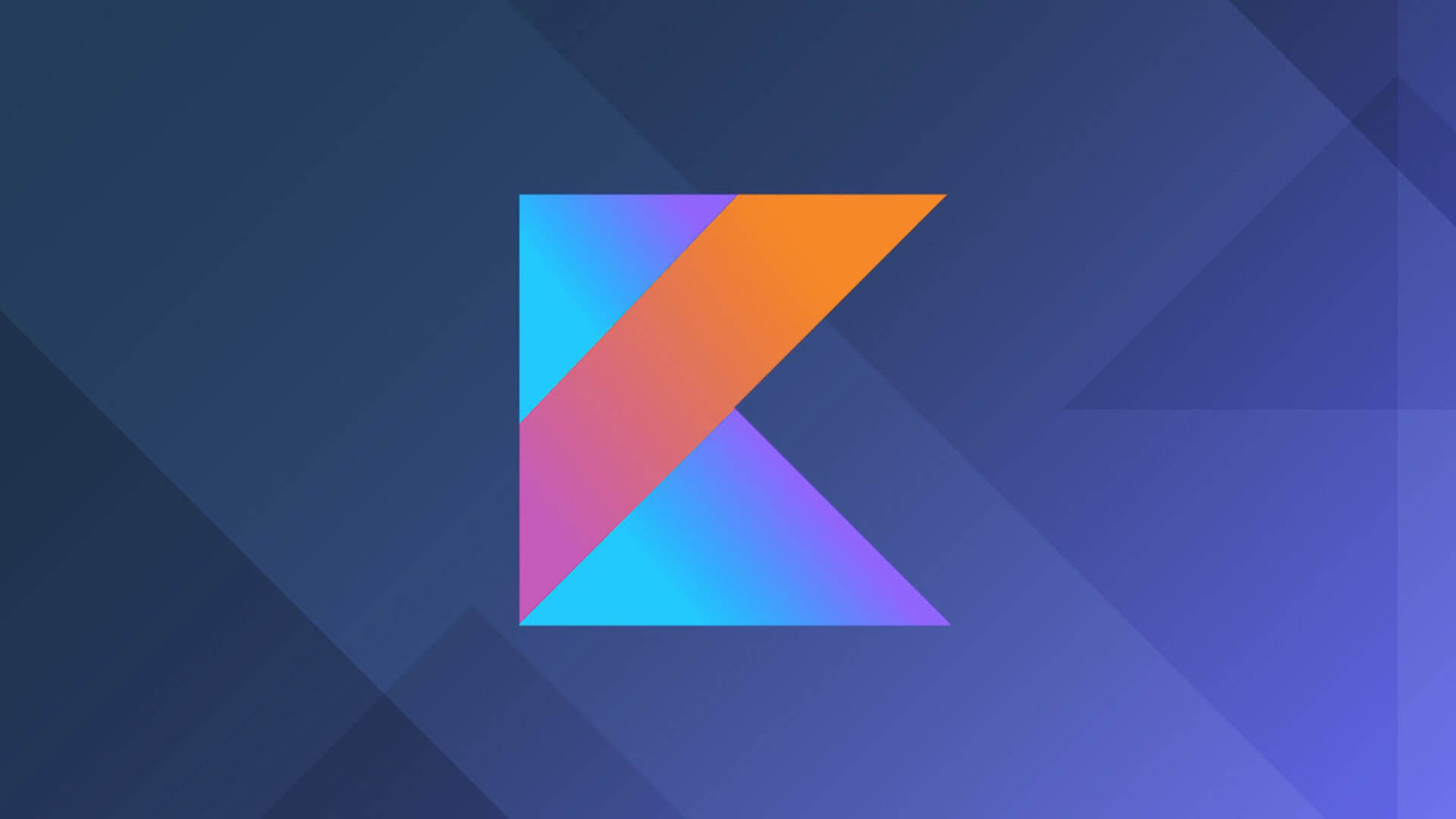Building apps for both Android and iOS used to be a giant headache. Two codebases. Two teams. Double the bugs. Double the stress. This is why cross-platform development is the gem of mobile app development services today.
It’s like a secret weapon for startups and enterprises that want to do more with less. Now, if you’re interested in the mobile dev scene, you’ve probably heard two big names: Flutter and Kotlin Multiplatform.
One promises a single codebase for everything: UI, logic, and even deployment. The other says, “Keep your native feel, but let’s stop writing the same business logic twice.”
So the big question is: Which one should you choose? Let’s dive into this blog and understand its pros and cons. We’ll help you pick one that fits into your tech stack flawlessly!
What is Kotlin Multiplatform?
Imagine having a software development kit (SDK) that allows you to write shared business logic code. The best part? You can even use it across multiple platforms without worrying about rewriting all the code.
That’s Kotlin Multiplatform for you. This SDK helps businesses and developers with cross-platform app development. They can easily just create a single codebase for the app’s core functionality. This helps reuse the code and reduce duplication.
Where is Kotlin Multiplatform used?
Kotlin Multiplatform is all about sharing the core logic across platforms. It does so while keeping the native UIs. Here’s where you can use it:
● Mobile Apps (Android + iOS): Perfect for apps that need performance and flexibility.
● Shared Libraries: Write once, use everywhere.
● Backend + Mobile Logic: Reuse the same pricing or validation logic across client and server.
● Desktop and Embedded Systems: Powers everything from internal tools to smart devices.
What is Flutter?
Flutter is an open-source UI toolkit. It was developed by Google. Flutter lets you build beautiful, natively compiled apps. It’s not just for mobile but also for the web and desktop. The best part? It’s all from a single codebase.
It uses the Dart programming language and comes with its own rendering engine. This way, it doesn’t rely on native UI components. That means you can make apps that look and feel the same and run fast across several platforms.
Where is Flutter used?
Flutter is a go-to choice for building cross-platform apps. You can develop them with a rich, native-like UI, all from a single codebase.
● Mobile Apps (Android & iOS): Used by startups & enterprises to launch fast on both platforms.
● Web Apps: Flutter supports responsive web apps with dynamic UI.
● Desktop Apps (Windows/macOS/Linux): Build native-feeling desktop tools with the same codebase.
● MVPs and Prototypes: Perfect for building MVPs quickly to test ideas across platforms.
What are the pros and cons of Kotlin Multiplatform?
Kotlin Multiplatform sounds amazing. Mobile app development services will indeed be great with it. Yet, like every other technology, KMM has some red flags. Let’s take a look at its pros and cons below:
Pros:
Here are some pros of using KMM:
● Code Sharing with Native UIs
Share business logic across Android, iOS, desktop, and backend. However, you will have to build native UIs for each platform.
● Better Dev Experience for Kotlin Lovers
If your team already knows about Kotlin, especially from Android development, they’ll learn Kotlin Multiplatform easily.
● Great Interoperability
It easily integrates with existing codebases and native APIs in Swift/Obj-C (iOS) and Java (Android).
Cons:
Here are some of the cons of using KMM:
● UI Still Written Separately
You still need to build UIs for Android and iOS individually. That’s more work if you want one look.
● Smaller Ecosystem
Fewer plugins and community packages compared to other technologies.
● Still Maturing
KMM is stable, but some features are in preview or experimental mode. Due to this, it may not be ideal for all enterprise use cases yet.
What are the pros and cons of Flutter?
Flutter is much more popular than Kotlin Multiplatform. While the latter is still maturing, Flutter is used by 39% of developers globally. Let’s take a look at Flutter’s pros and cons below:
Pros:
● One Codebase, Many Platforms
Write your code once and run it on Android and iOS. This also includes the web and desktop.
● Fast Development with Hot Reload
Make changes and see them instantly. This is great when you’re aiming to fix bugs and rapid changes.
● Beautiful, Customizable User Interface
Flutter gives you perfect overall control over design with its own rich widget library.
Cons:
● Large App Size:
Flutter apps are usually bigger in size due to the built-in engine and widgets.
● Limited Native Look & Feel
Flutter’s UI is customizable, yet it isn’t truly native. It only mimics it, which may not satisfy all use cases.
● Dart isn’t popular
Dart is easy to learn, but it’s not as widely adopted as JavaScript or Kotlin. Hence, there’s a bit of a learning curve for newcomers.
Kotlin Multiplatform vs Flutter: Which one should you choose?
When you put their cons aside, you’ll see why both of these tools are becoming the preferred option by programmers.
Choose Kotlin Multiplatform when:
● You want to share business logic but keep native UIs.
● Your team is already comfortable with Kotlin or Android development.
● You’re building a long-lasting codebase.
● You need to share code across mobile and even desktop.
Choose Flutter when:
● You want one codebase for everything.
● You need to launch across multiple platforms fast. This includes mobile, web, and desktop.
● You’re aiming for fast prototyping or MVP development.
● Your dev team is open to learning Dart and Flutter’s widget system.
Get the best mobile app development services from Linkitsoft
Choosing between Kotlin Multiplatform and Flutter comes down to your project’s needs, in the end. Both of them are awesome technologies, yet there are some specific needs that only one of them can fulfill. So, ultimately:
● Go with Flutter if you want rapid development with a single UI codebase. It will give you the ability to launch across platforms fast.
● Choose Kotlin Multiplatform if you value native performance and already have an Android-first codebase.
But maybe you’re still not sure which path to take. Perhaps all you need is a team that can handle the one you want? That’s where Linkitsoft steps in.
We specialize in building high-performing mobile apps. We use frameworks like Flutter and Kotlin Multiplatform to create the perfect tech stack for your app. Whether you want a cross-platform solution or native, Linkitsoft will give you whatever you need.
Get in touch with Linkitsoft today and get our mobile app development services. Let’s work together and create an amazing app.











